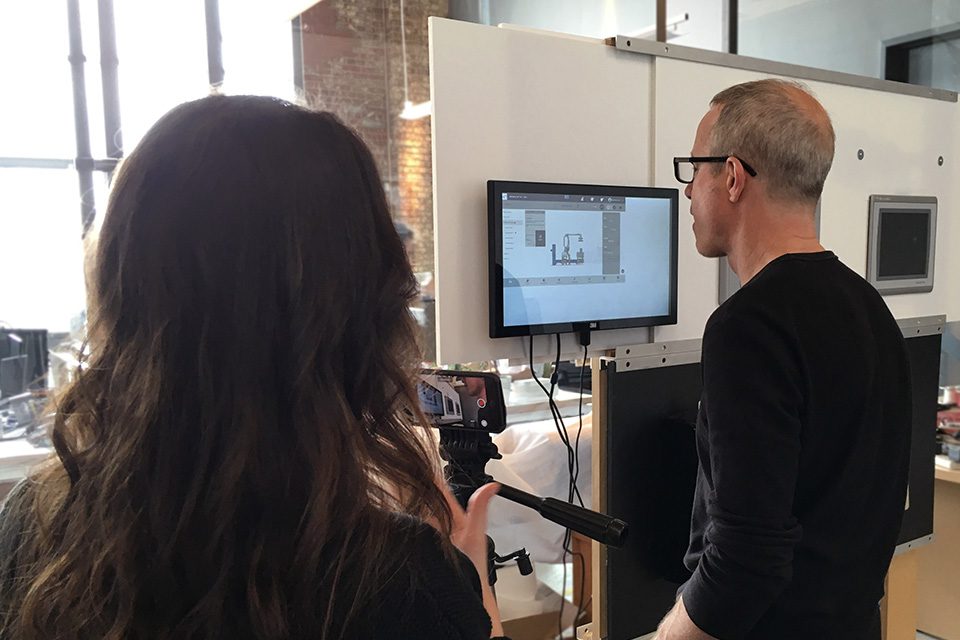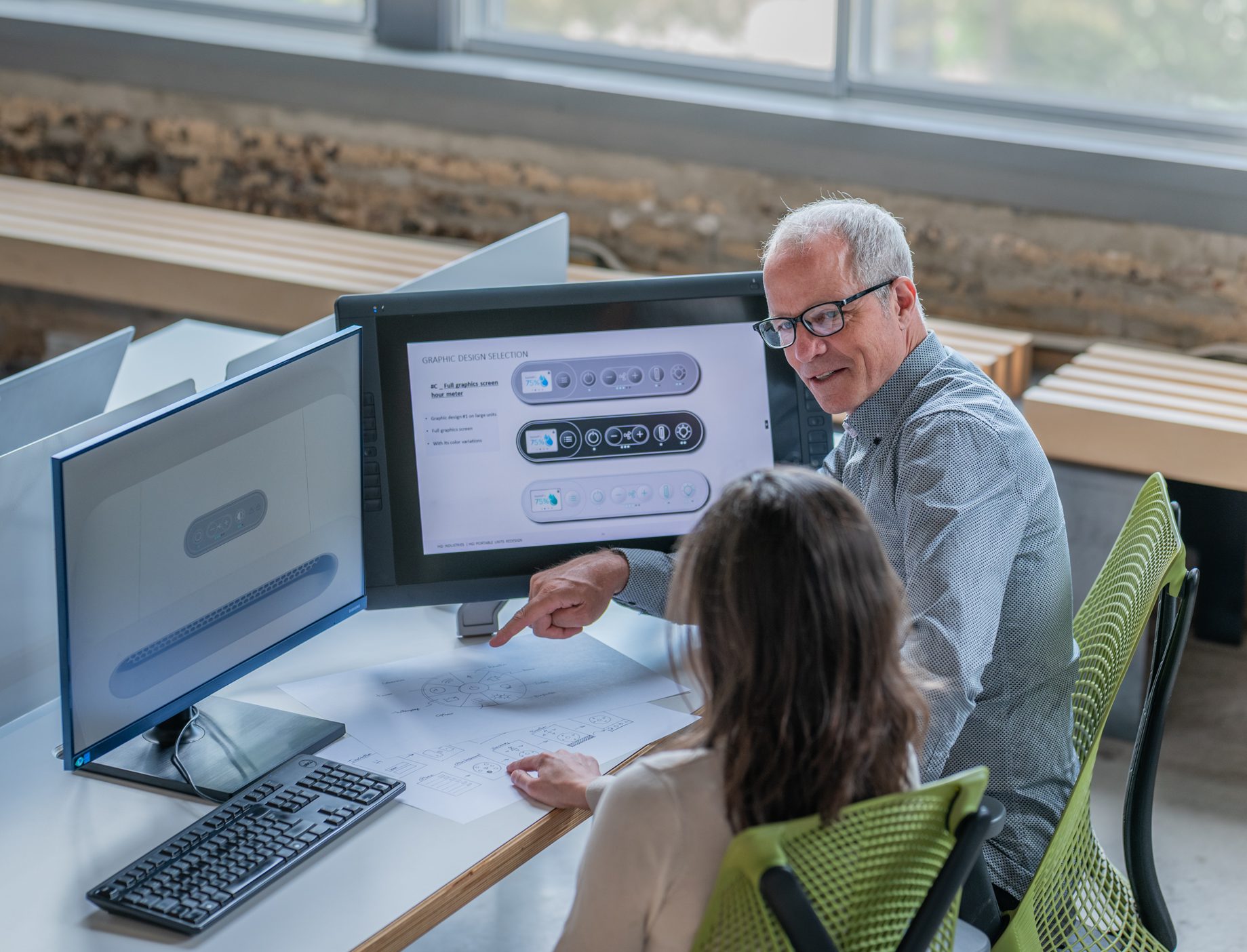How to integrate usability testing in product design
13 February 2020
Industrial equipments , Consumer products , Medical , Transport
3 Min

How to integrate usability testing in product design
Even in a context where time is short and resources are limited, usability tests contribute to the velocity of a product design project. They ensure balance between the product’s physical and digital design and its user. There are multiple techniques to make these tests simple, efficient and cost-effective.
Here are 6 recommendations to help you integrate user tests wisely into your product design process.

1- Test early and often. It’s worth it!
Tests should be carried out at different stages of the project. In the early stages, preliminary 3D models of physical products can be used for tests. For interfaces, paper models can be used, where possible. As the product begins to materialize, the tests will get more and more exhaustive. Adapt the testing methods according to the step of the project, the product, its context, its impact on people’s lives and the data you are hoping to collect. Any kind of validation is profitable.
2- Users: a precious resource
During usability tests, we must engage our empathy, observation and listening skills. Users are the source of key information and make the difference between an adequate product and an exceptional one. It is therefore essential to approach them with humility and an open mind. There are many subtle techniques that can help you avoid pushing, intimidating or influencing the user, so that you can obtain the most clear and inspiring results.
3- Being neutral and objective
Writing a discussion guide for a test is an art. The wording of the interview questions must be crafted in a way that does not influence the user’s answers or actions; otherwise, you risk obtaining erroneous information.
4- The importance of non-verbal cues
We must be receptive to what participants say, but it is also important to pay attention to their non-verbal signals. They may inadvertently and unintentionally tone down or colour their remarks. As cultural anthropologist Margaret Mead says, “What people do and what they say they do are entirely different things.” Attentive listening and reading body language will provide an accurate interpretation.
5- Choosing participants
The tests should always be carried out using participants that match the target audience of the product in question. That is the way to ensure precise, tailored feedback. A user test is useless if we are not surveying the right user. For products aimed at the general public, participants that represent typical users ensure pertinent and conclusive results.
6- Prioritizing iterations
After a test session, it is important to address the changes intelligently. In order to prioritize the iterations, you must consider the gravity of the impact on user experience and the effort required to adjust it. A major issue that is easily corrected should always be prioritized.

The most important thing to remember is that user tests are never a waste of time and money. In fact, it’s just the opposite; they give you the means to objectively justify your design decisions and leave any preconceptions behind. Well-run tests at the front end will help you avoid repercussions that too often cost time, money and energy.
ALTO’s multidisciplinary team embraces this approach. From the prototyping workshop to our mixed and virtual reality viewing rooms, these tools help us bring our solutions to life and test them with potential users during each part of the creation process.
If you need expert help to design physical and/or digital products or to carry out user tests in collaboration with your teams, contact us.
